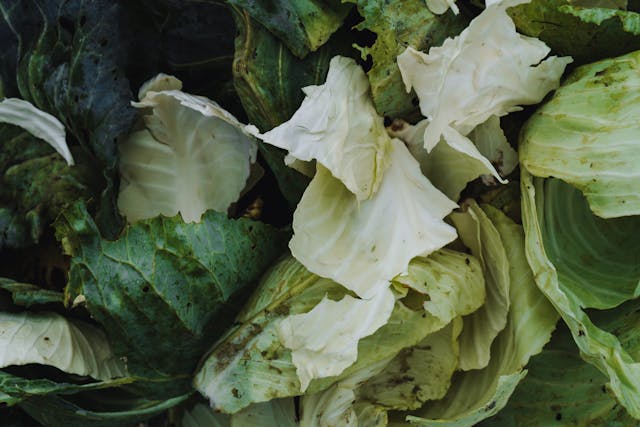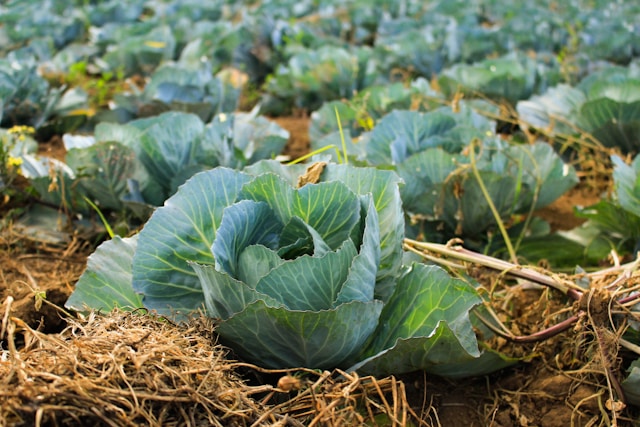Physical Address
304 North Cardinal St.
Dorchester Center, MA 02124
Physical Address
304 North Cardinal St.
Dorchester Center, MA 02124

Cabbage worms can wreak havoc on your garden, especially if you grow plants from the brassica family like cabbage, kale, broccoli, and collards. If you’ve ever spotted small green worms munching through your leaves, you know how frustrating it can be. But don’t worry—you can prevent and get rid of cabbage worms organically with a few simple strategies.
Cabbage worms are the larvae of small white butterflies, often called cabbage moths. They lay eggs on brassica leaves, and when the larvae hatch, they start feeding on the foliage. Left unchecked, they can completely ruin your crops.
The first time I encountered cabbage worms was on my kale plants. I had just planted them in May, and by June, I noticed tiny holes spreading across the leaves. Finding those worms tucked inside the curly kale was nearly impossible. My husband joked that it was “extra protein,” but I just couldn’t stomach the thought of eating them!
That’s when I set out to find natural ways to keep them away—and after much trial and error, I’ve found methods that truly work.
One of the best ways to prevent cabbage worms is by using floating row covers. These lightweight fabric covers create a barrier that prevents moths from laying eggs on your plants. However, they must be used properly to be effective:
Timing your planting can also reduce cabbage worm infestations. I start my brassica seedlings indoors 12 weeks before the last frost and transplant them outdoors 8 weeks before the last frost, covering them with row covers immediately. This allows the plants to grow and mature before cabbage moths become active.

⭐ Pro Tip: Since early spring can still bring frosty nights, use a medium weight row cover to create a microclimate that stays about 5°F warmer than the outside air. If a hard frost is expected, place a plastic sheet over the row cover for extra insulation.
Another key to avoiding cabbage worms is choosing varieties that mature quickly. The longer a plant takes to grow, the more time it’s exposed to pests.
For cabbage, my top choices are:
These varieties are ready for harvest sooner, meaning they have less exposure to cabbage moths and worms.
If you notice signs of cabbage worms (holes in leaves, frass, or the worms themselves), here’s how to get rid of them organically:
BT is a commonly used organic pesticide that targets cabbage worms. While it’s considered safe, I personally prefer not to spray my plants if I don’t have to. With the right prevention methods—row covers, early planting, and variety selection—you can successfully grow brassicas without relying on pesticides.
Cabbage worms can be a challenge, but with proper prevention and organic treatment methods, you can keep them under control and enjoy healthy, vibrant plants.
Key Takeaways:
With these organic strategies, you can get rid of cabbage worms naturally and keep your garden thriving! Happy gardening from Sow Haven!